Related
There are a plenty of suggestions that groups should reach into the history ofDungeons & Dragonsto improve their plot , but if heighten playact is paramount , I advocate going further back to the works of Carl Jung . Though the Swiss psychologist died more than a decade before the very old version ofDnD , Jung ’s concepts of Archetypes , Persona , and Shadow , can do far more to further deeper roleplaying and rich delineation than the list of trait the 5eDnDsystem suggests that players foot from . Dungeon Masters can reinforce really in - profundity roleplay by tweaking the Inspiration system , further immersion .
Though theBackgrounds ofDungeons & Dragons5ewere a welcome addition to the biz , since they obligate musician to think about their fiber ’ live before becoming adventuring heroes , this is only one dance step in word-painting . have a go at it who a theatrical role was in the past tense could tell you their plastic influences , but the person they have become is a more complex matter . The best literary character reference have clearly defined traits audiences can pronto compass , which makes Jung ’s pilot useful . rightfully memorable character reference have layer , and Persona and Shadow facilitate players secern a character ’s outward deportment from their repressed or unconscious self .
D&D Roleplaying Can Benefit From Jungian Archetypes
Distinguishing Persona From Shadow Gives PCs More Complexity
In some campaigns , aDnDcharacter will change their alignment , which can be a great closing of a character arc , but skilled player will always seek to define their role beyond their build and alignment . Just as an generator knows their graphic symbol better than they know themselves , the participant should have perceptivity into things about their character that the character is not consciously cognisant of . Yung ’s theory separated the Persona , the “ societal mask ” people wear , from their Shadow , which embrace unconscious drives , primal urges and socially unacceptable desires . Choosing a Persona and Shadow in addition to Alignment will better playact .
Many dungeon & Dragons games add new players partway through . experient thespian know the right direction , and the awry means , to join a game in forward motion .
Yung also theorise that a serial of general Archetypes permeate the collective unconscious mind of humanity . Whether this literally applies to modern psychology , as a practical affair , is up for debate , butit take a leak an excellent instrument for literary works , or tabletop function - playing games . These Archetypes are well grasped , with titles such as the Everyman , the Explorer , the Sage , and the Hero . A description of the Rebel archetype notes that it yearns for rotation or variety , dread powerlessness , and interrupt the status quo to create something unique . Players can select one original for their Persona and another for their Shadow ego .
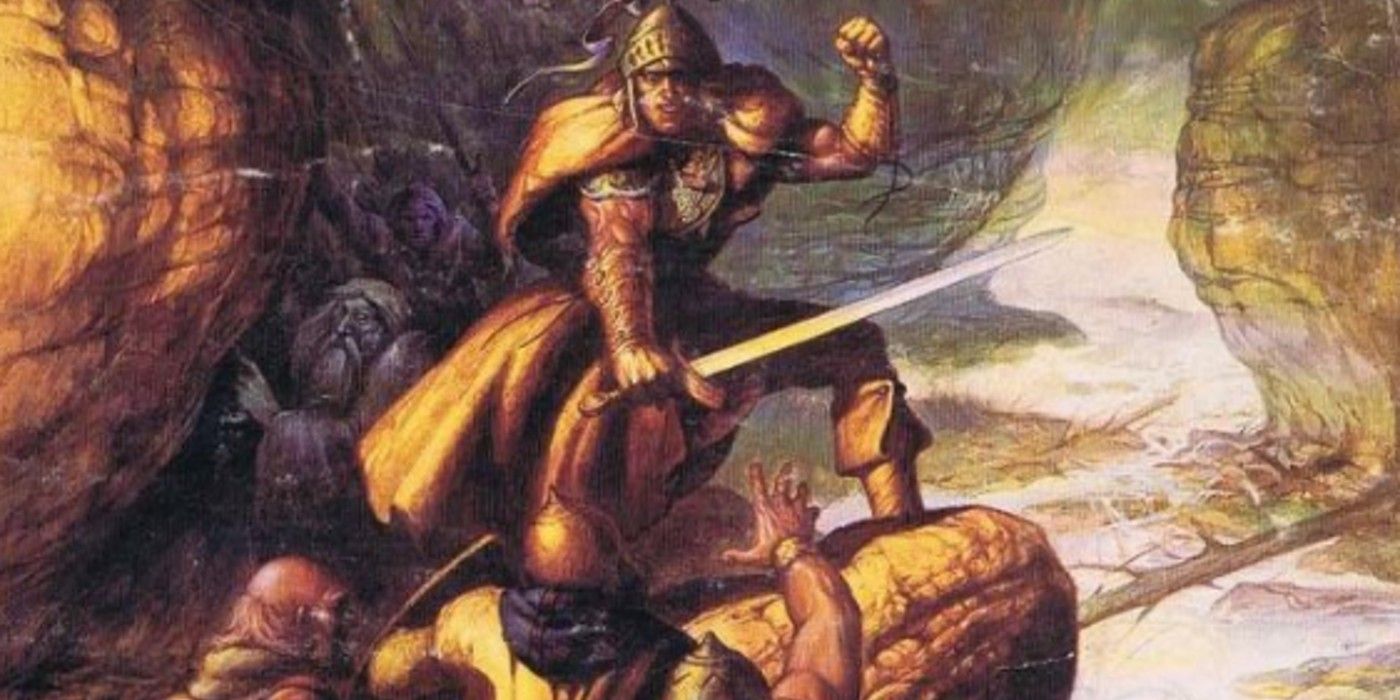
Players may attempt toavoid tiredDungeons & Dragonsclichésin their characters , buta Persona and Shadow can turn a figure into a full-bodied and complex character . A Dwarf blacksmith , for exercise , might have a Persona of the Creator Archetype , strain to land their imagination of enchanted weapon and armor into realism through their craft . This focus on creation is how they superficially present themselves , but their inner Shadow could be the Ruler , an Archetype that thrives on durability , authority , and strategic thinking . Tense scenes could disclose that the quality think of allies as pawns on a chess board .
Archetypes Make Better D&D Characters
The DM Can Use Inspiration To Incentivize In-Depth Roleplaying
The2024DnDrules lean into Inspirationmore than the 2014 version , but it remain a nebulous linguistic rule , as thePlayer ’s Handbooksuggests the DM might award it for doing something “ particularly expansive , in character , or entertaining . ” Inspiration can be leverage to elevate a group ’s roleplaying , when paired with Archetypes , Persona , and Shadow . If a player portrays the complexity of the pull between a reference ’s outward Persona , and the typically suppressed drives of their Shadow , in a tantrum , the DM might wish well to award a bod of “ innovative Inspiration,”one which can be stacked in a way standard Inspiration can not .
The 2014 Circle of the Moon druid was among the game ’s most unconventional tanking build , but the 2024 change to Wild Shape fully ruin Moon druids .
From my experience , the well way to add this scheme to a hunting expedition is to allow player to reach out to the DM in between sessions , wherethey paint a picture a scene from the anterior session that they palpate salutary expresses the duality of their Persona and Shadow . If the DM feel it was a good vitrine of those complexities , they may grant Advanced Inspiration , where if it only show one facet or the other , it might justify received Inspiration . Handling this in between academic term , and at player suggestion , preclude it from slacken down the game , or the DM forget vista .
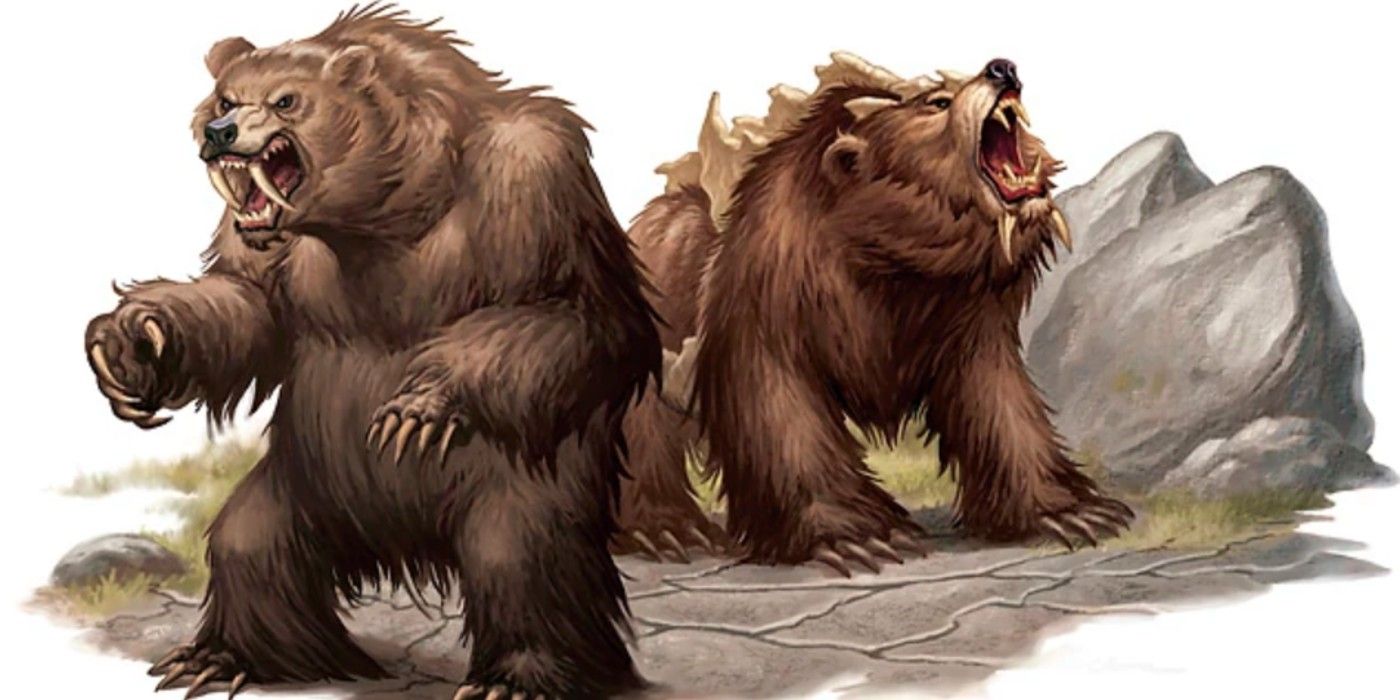
get in the habit of discussing roleplaying and character reference development in between session is a great way to keep players engaged . It can keep them thinking about their case ’s view and growth during the week in between play sessions .
SomeDnDsubclasses ideally cater to roleplaying , as most roleplay takes property in the Social Pillar of the game . Any fiber can exhibit quality roleplay , however , even if they are not socially persuasive , by highlighting the difference between the control surface level and the inner drive . Notably , the system put to work even without using the actual Archetype list penned by Yung . player could depict from existing assumed characters to serve as their pilot , pulling from one for their Persona and another for their Shadow . This works , so long as the player and the DM are both familiar with the fictitious source material .
The Best D&D Characters Have Surprising Depth
Players Should Know Their Characters Beyond Their Surface Level Traits
If a player and the DM have played the same video recording games , these bring home the bacon sources to describe from as well . A thespian might create a character whose Persona is kindred to Cloud Strife fromFinal Fantasy 7 , with his off - putting behavior , but whose Shadow is closer to Kefka fromFinal Fantasy 6 , an opportunistic and nihilistic schemer , ready to assume ability at any cost . Well - played scenes where the lustfulness for power rift through the character ’s façade of indifference and pragmatism might justify Advanced Inspiration as a reward . If the musician and DM lack unwashed literary measure , Yung ’s archetypes still go .
There is a Mandela consequence at work with how masses remember older variant of keep & Dragons . The rules provided a system of rules for dungeons and combat .
The oldestWorld of DarknessRPGs from White Wolf used a interchangeable system , while the revisedWorld of Darknessleaned into Virtue and Vice . These systems provide mechanical incentives for immersive , character - rich roleplaying , butnothing prevents aDnDcampaign from using similar techniques . I added this arrangement to my “ fantasy heartbreaker , ” and to many of my own campaigns . It may seem funny to bring up the works of a psychologist as part of type creation inDungeons & Dragons , but the end result is far more complex and full-bodied characters , and roleplaying which better convey the depth of human contradictions .

dungeon and Dragons is a popular tabletop game originally invented in 1974 by Ernest Gary Gygax and David Arneson . The fantasy function - playing game brings together players for a campaign with various components , including ability , races , character category , monstrosity , and treasures . The game has drastically expanded since the ' 70s , with numerous update box solidifying and expansions .
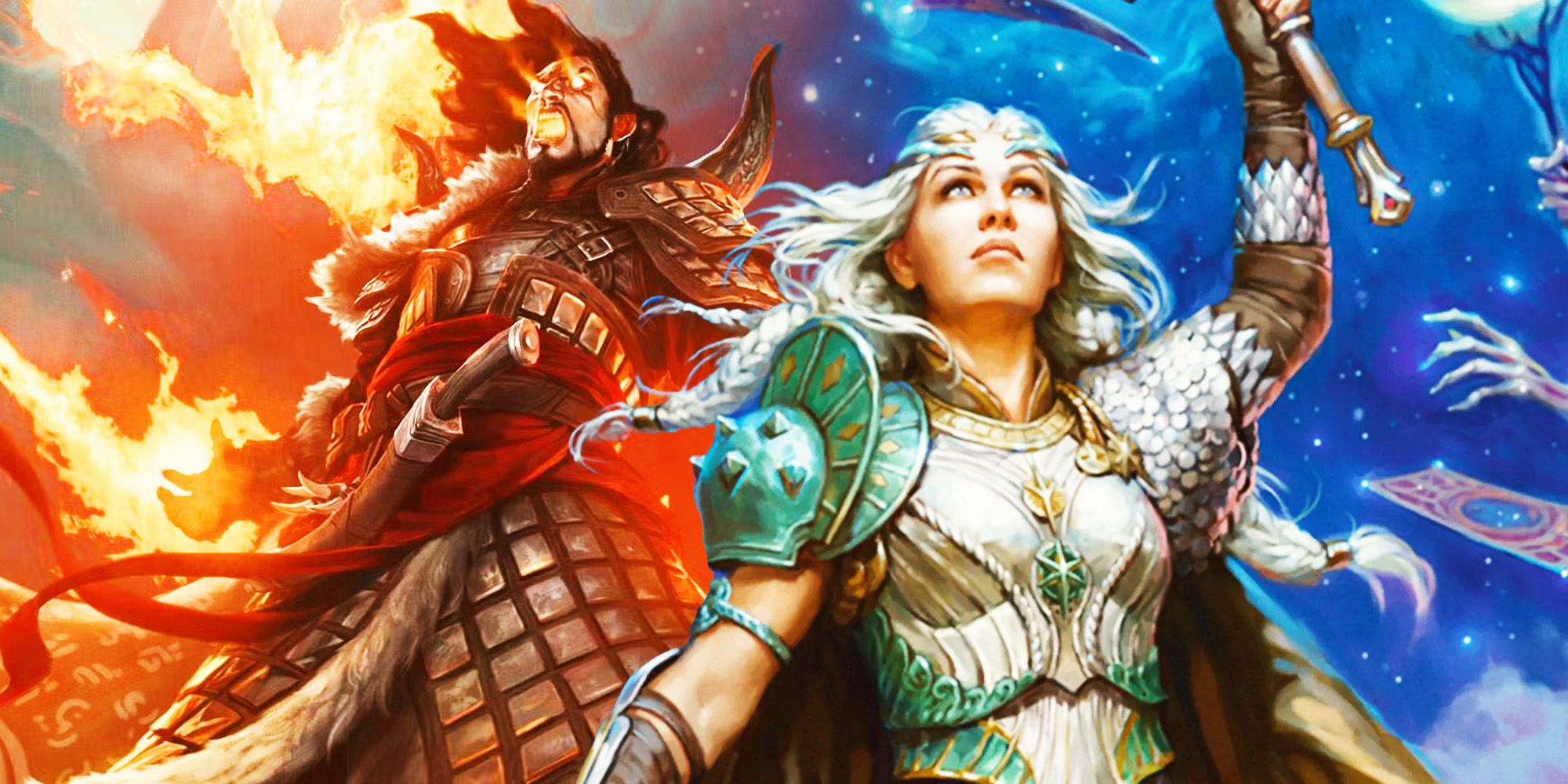
Custom image by Katarina Cimbaljevic
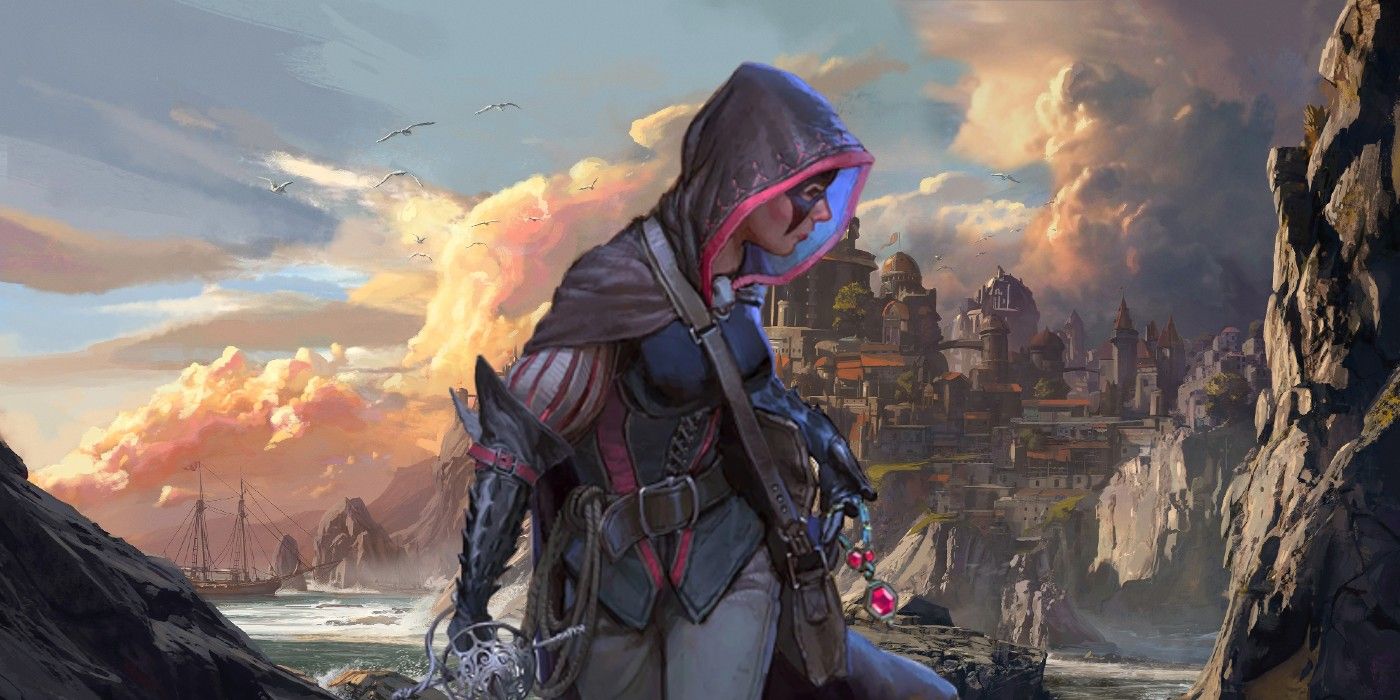
Dungeons and Dragons is a popular tabletop game originally invented in 1974 by Ernest Gary Gygax and David Arneson. The fantasy role-playing game brings together players for a campaign with various components, including abilities, races, character classes, monsters, and treasures. The game has drastically expanded since the ’70s, with numerous updated box sets and expansions.
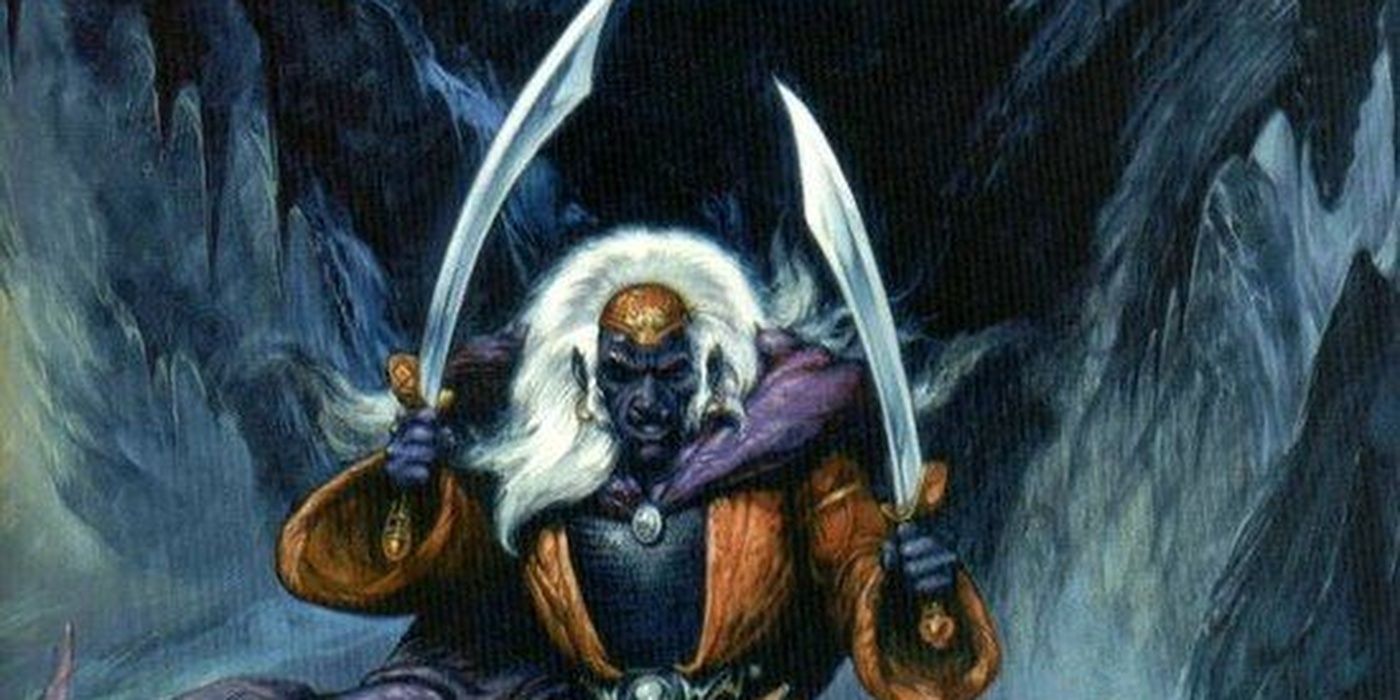
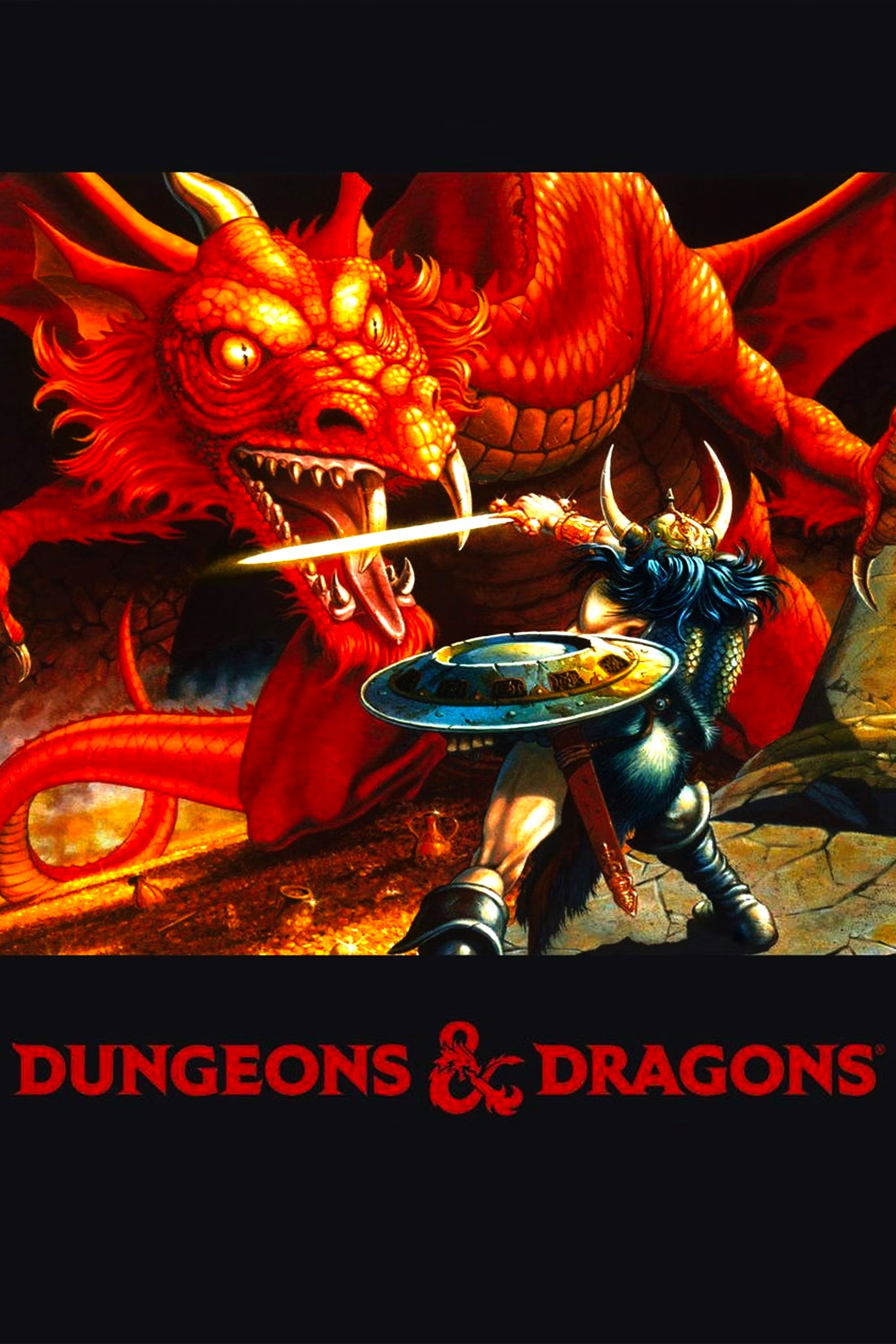
Dungeons and Dragons is a popular tabletop game originally invented in 1974 by Ernest Gary Gygax and David Arneson. The fantasy role-playing game brings together players for a campaign with various components, including abilities, races, character classes, monsters, and treasures. The game has drastically expanded since the ’70s, with numerous updated box sets and expansions.


